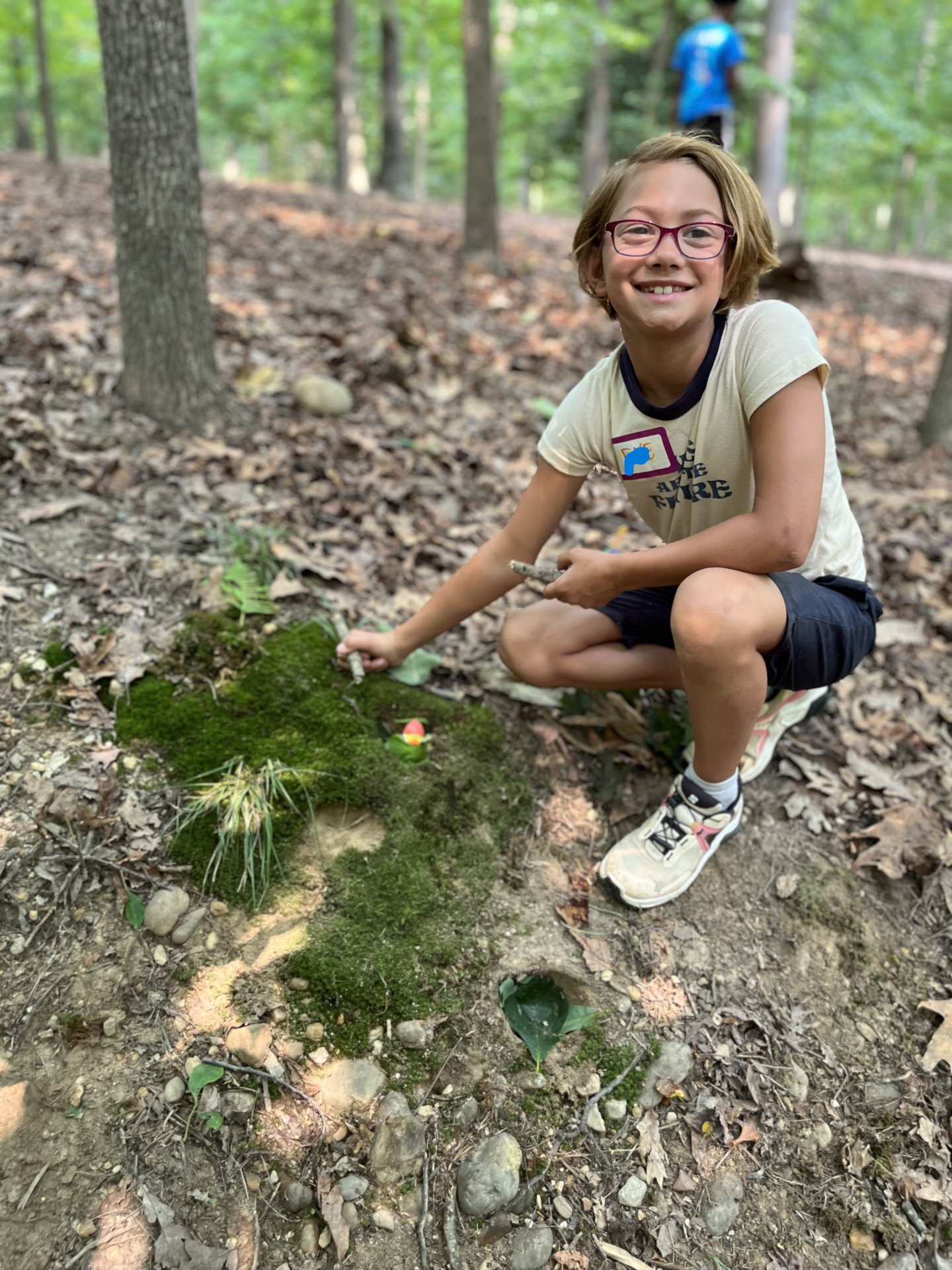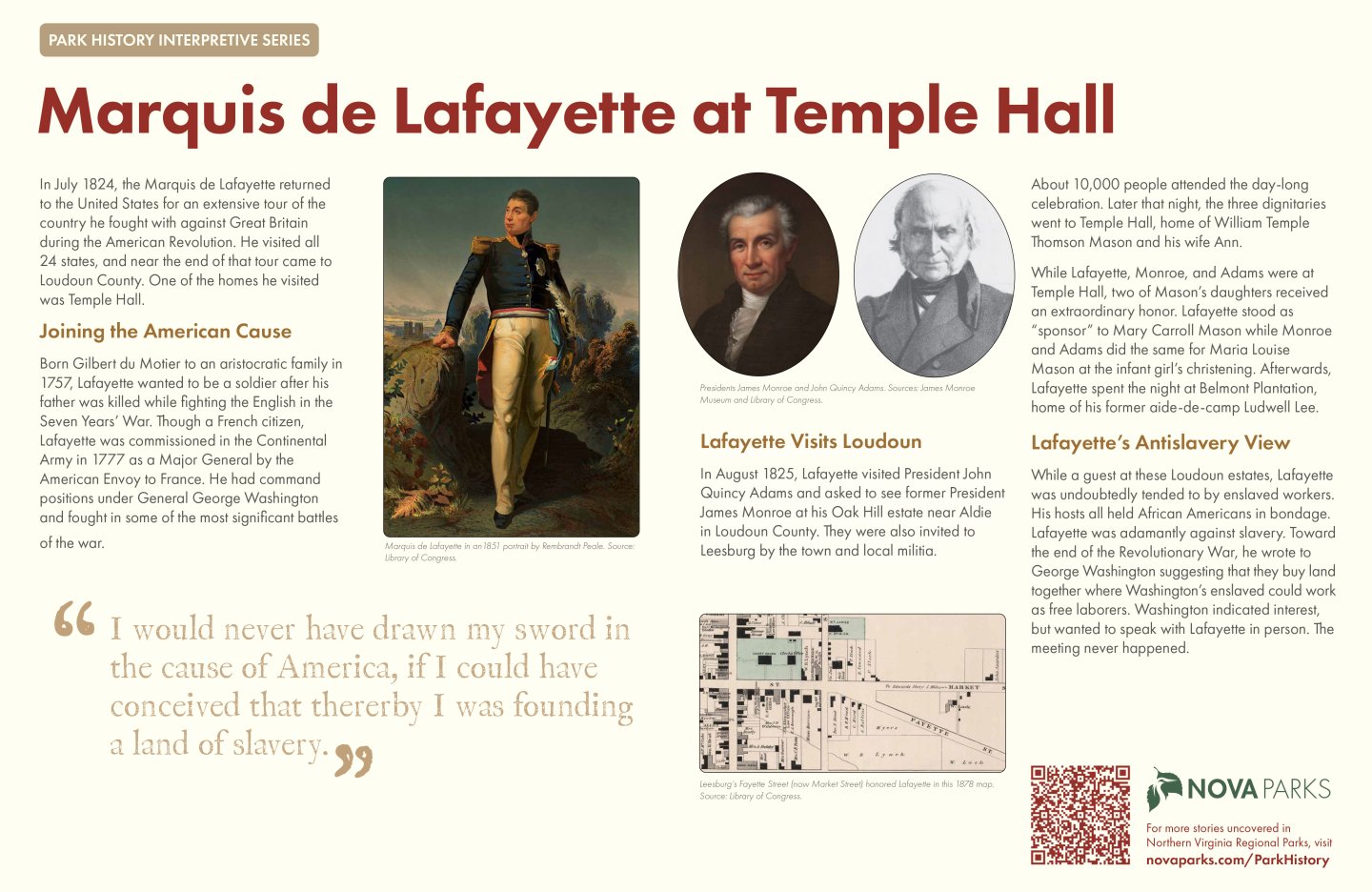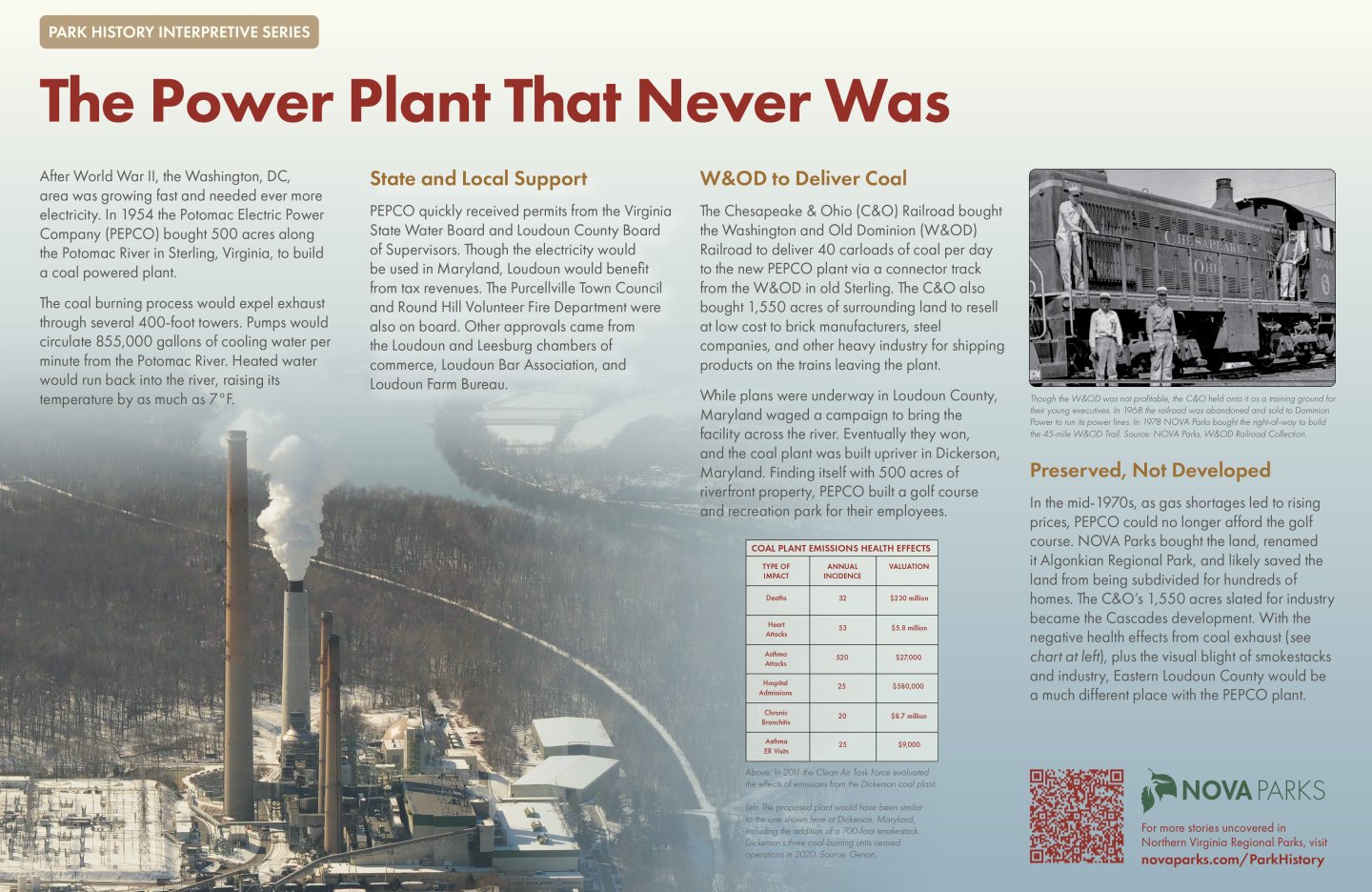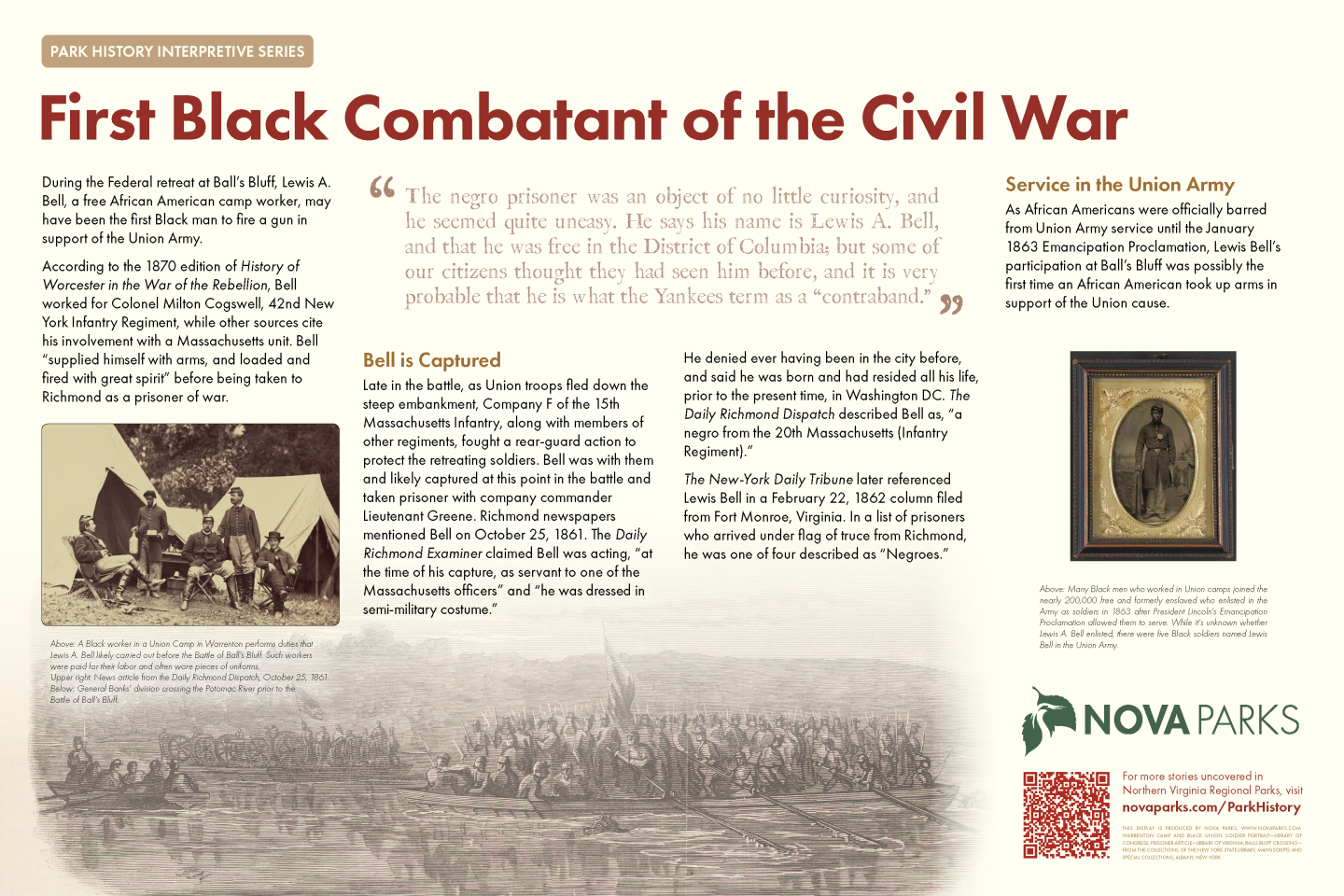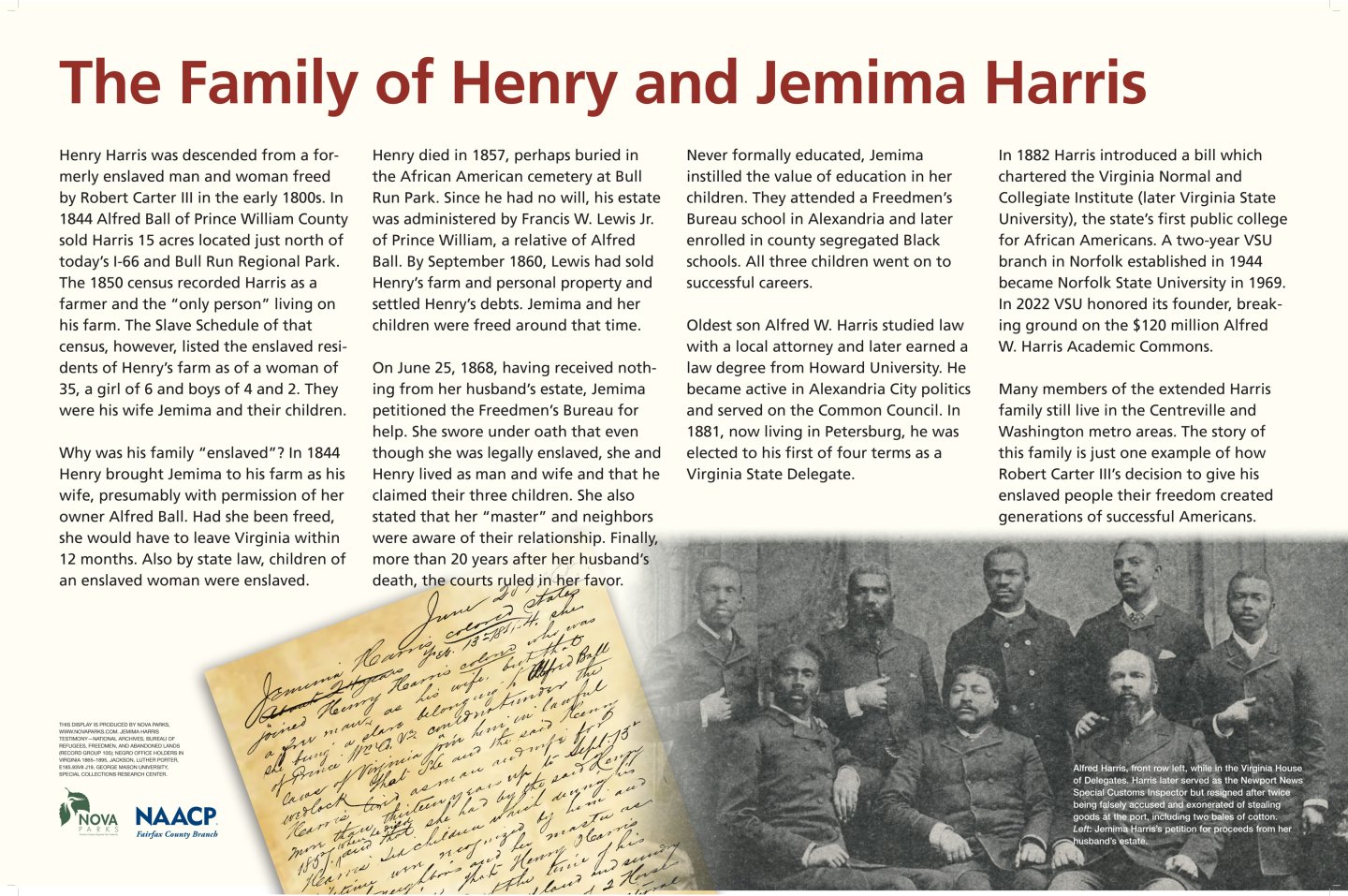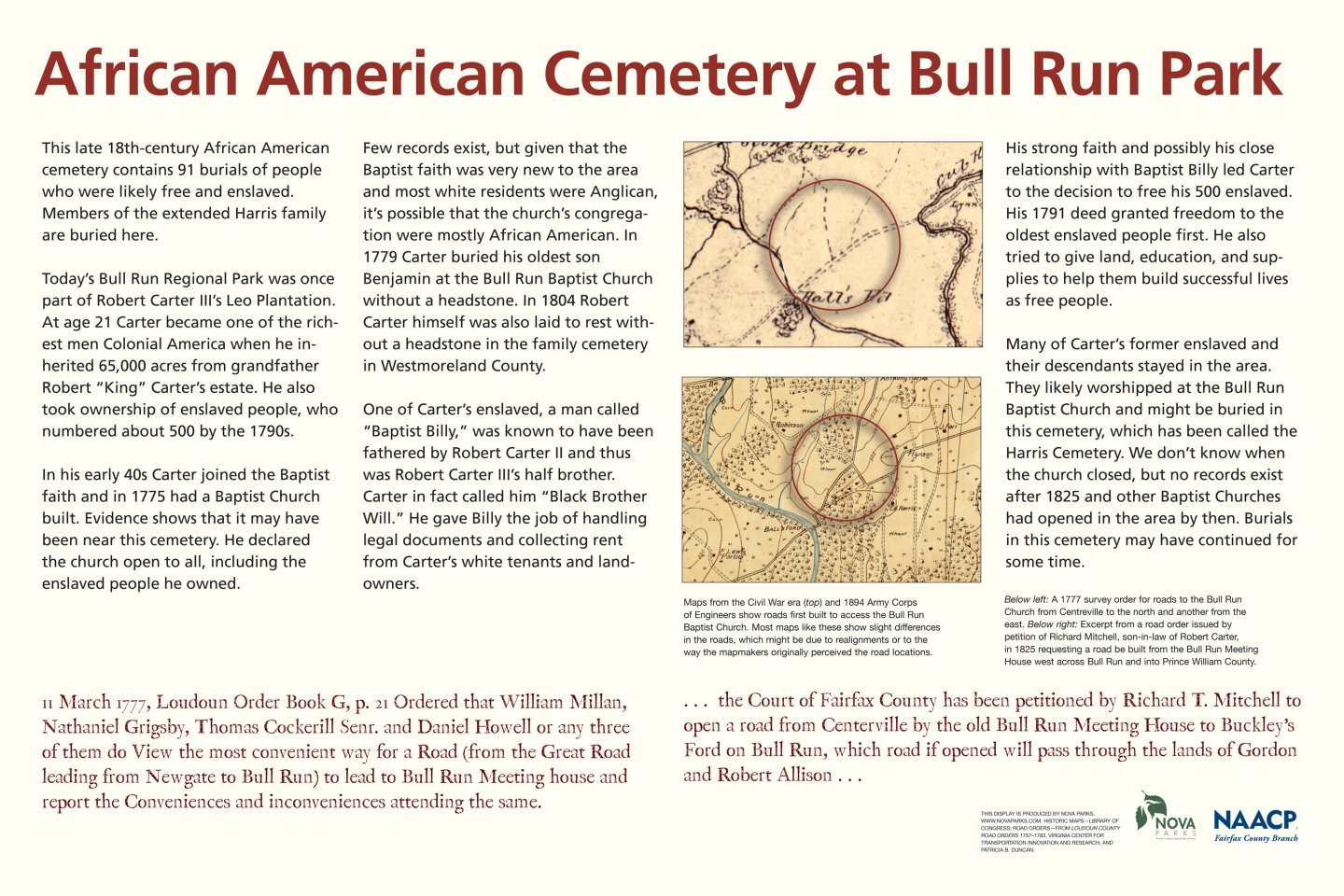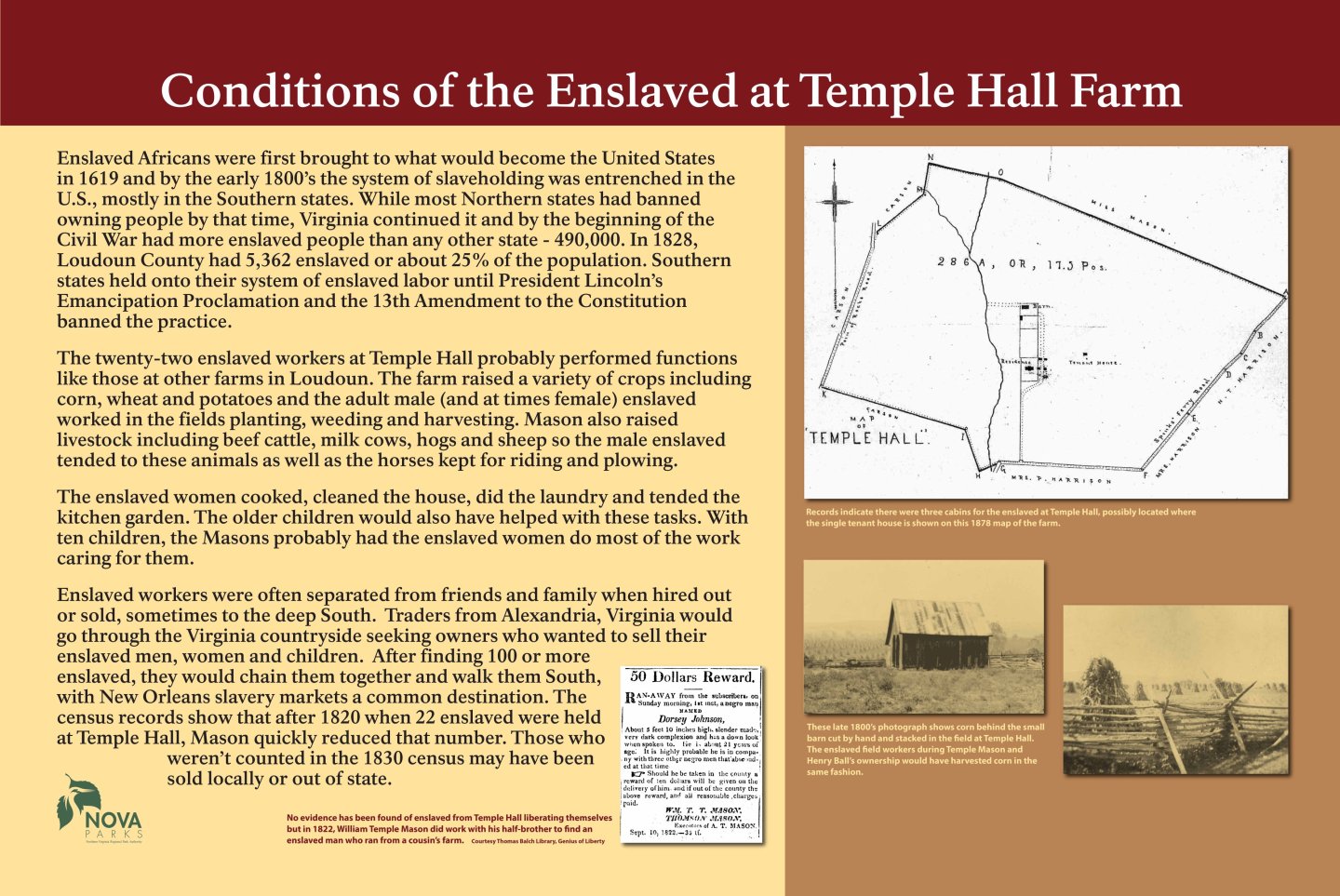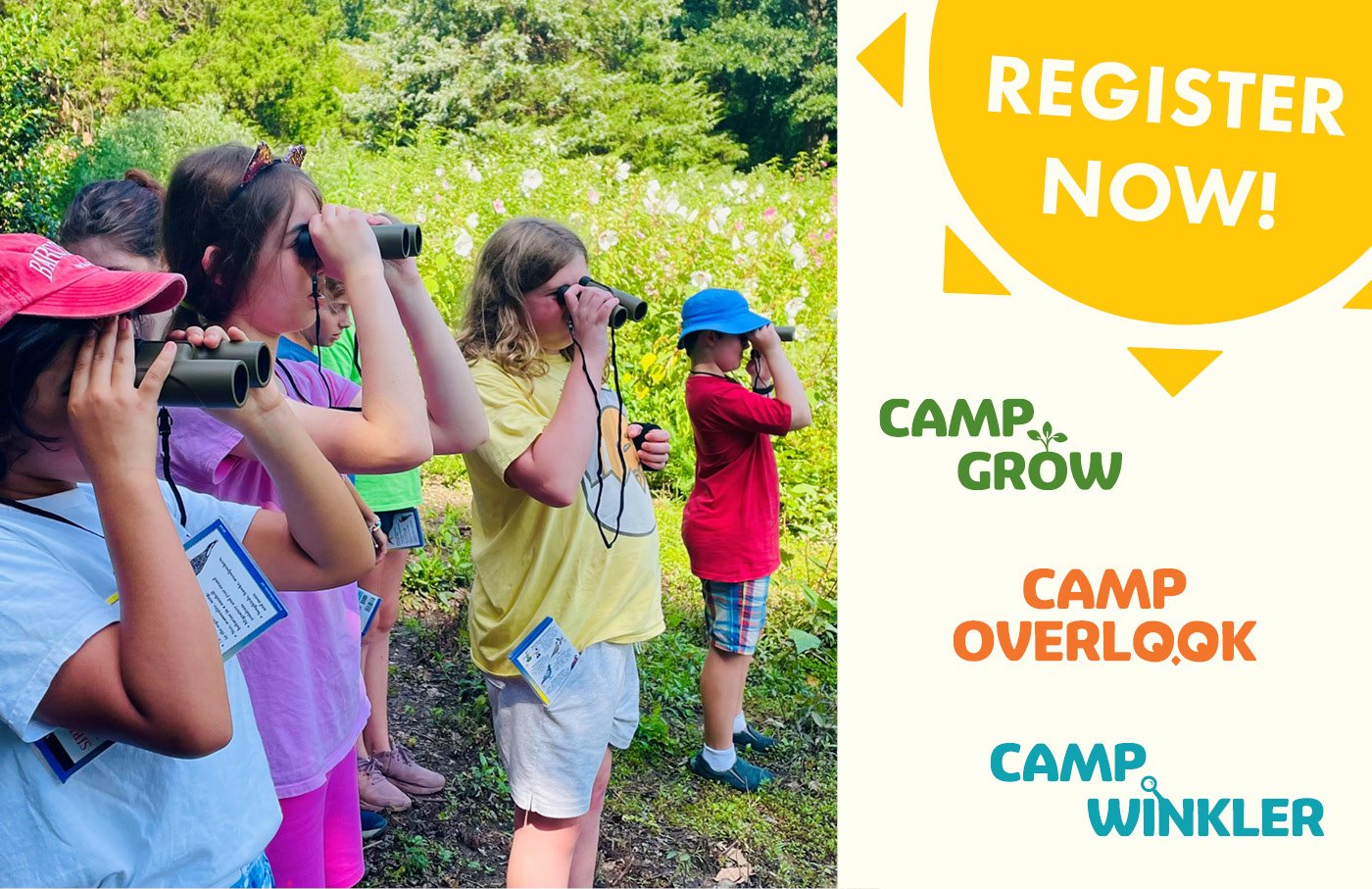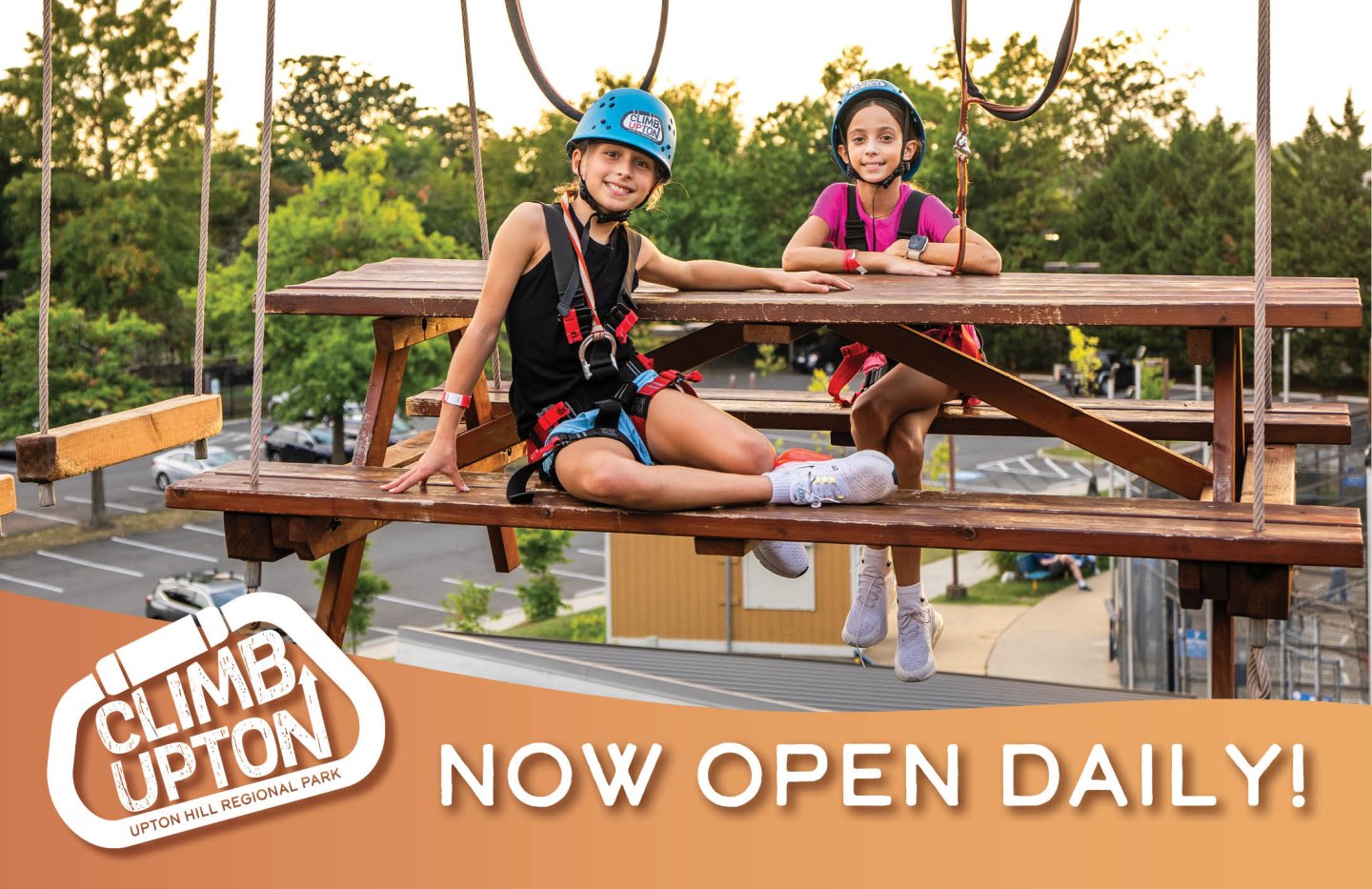Girl Scout Programs
NOVA Parks offers a variety of programs designed to help your girl scout achieve a wide range of badges for daisies all the way up to cadets! Badge programs are currently available at three different locations, with more being added all the time!
For more information and to book your program, contact us at winkler@nvrpa.org or 703-344-0444.
